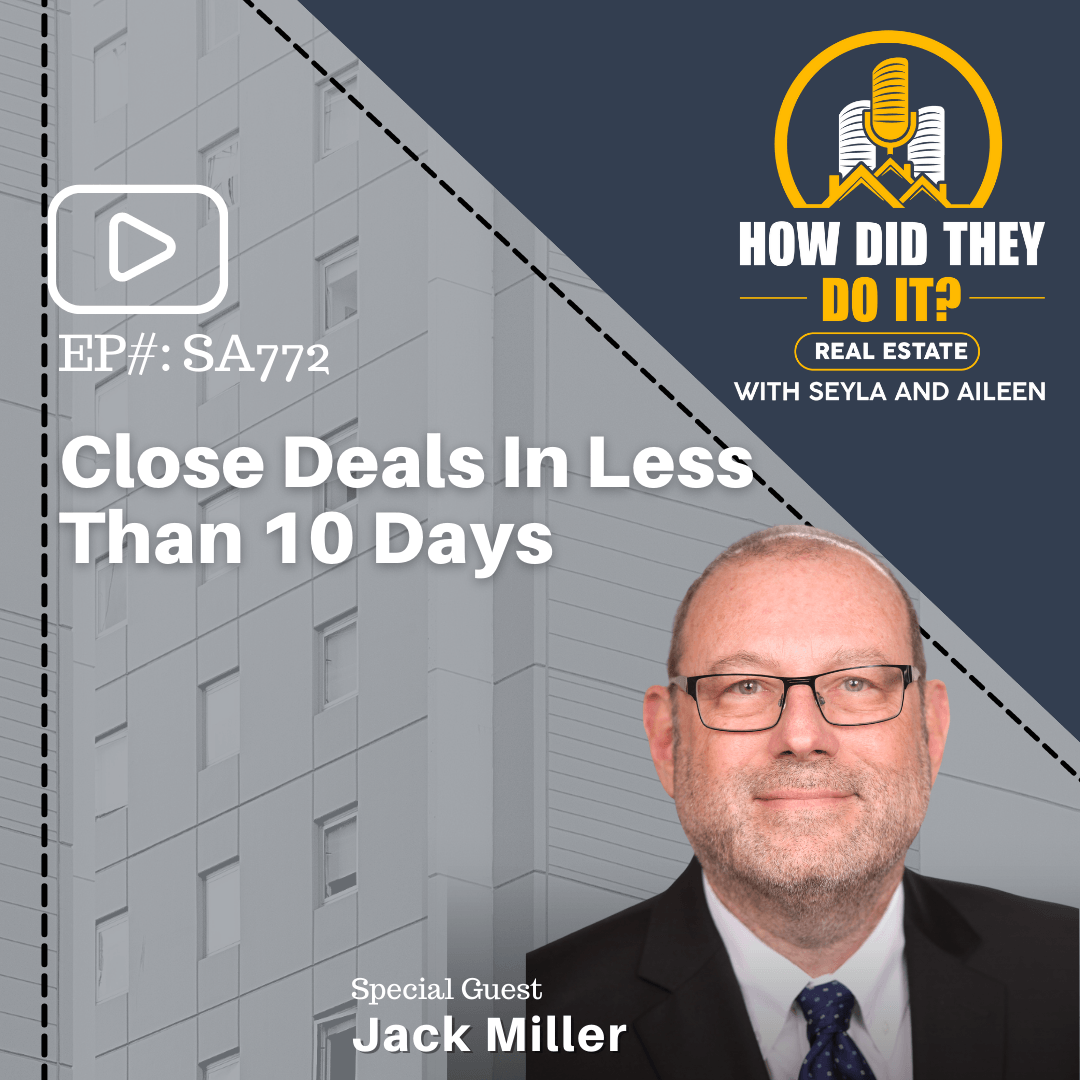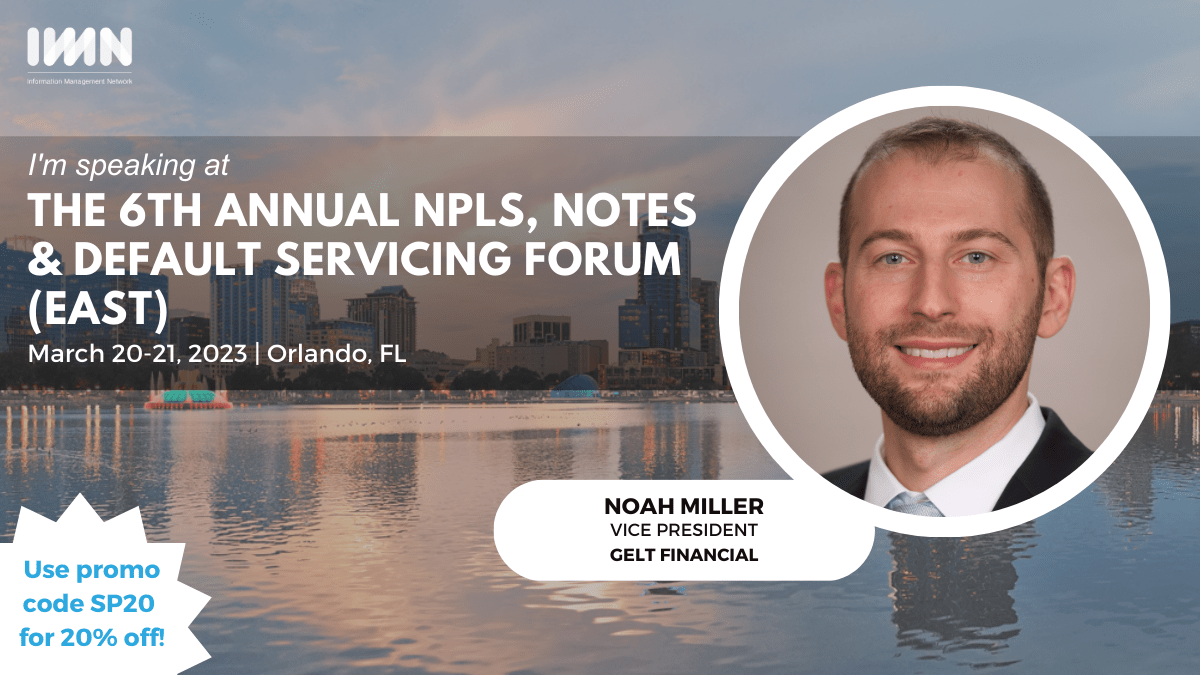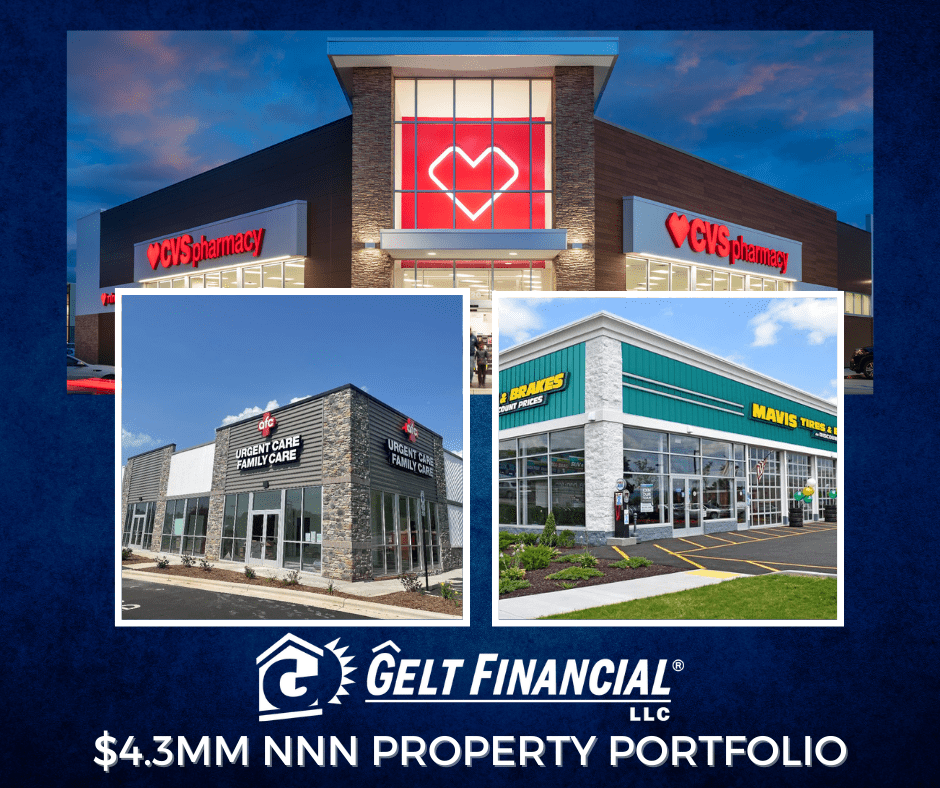How do we dig in and use real life math and market data to determine the market value of a real; estate investment property at Gelt Financial.
“Jack: Jack and Michael at Gelt. First of all, like us on Instagram, YouTube, TikTok—wherever you’re saying is. If you have any questions, respond; we’ll answer them. So values are critically important in real estate. It’s really almost everything. And in today’s market—we’re making this, uh, August of 2023—rates have been going up. To be honest with you, no one really knows what the values are. We always are conservative because that’s just our job, to be conservative. We’re not looking to push value. So I want Michael—and Michael, we have a team here that looks at values all day, literally all day long, on the front line, hundreds of deals. So Michael, how would you tell someone that when you’re looking at a property in Des Moines, Iowa, and New York, and Florida—a strip center, a mixed-use center, we call it—back of the napkin, tell everyone the process. I want people to know.
Michael: Sure. So basically, I like to look first at location. We don’t have many guidelines, but we do have a couple that we’re very serious about, and location is one of them. We can lend in 38 states, and any of the states we do lend in, we need that city the property’s in to have a population of at least 50,000 plus. As far as value, it’s subjective. You have what you’ve heard of cap rates and things like that, but for me, what I like to do—and it doesn’t take long—is look at the market. What the market says. What are things renting for, price per foot? What are things selling for, price per foot? A lot of times, you’ll see lots of numbers. We’re conservative; we’re not going to use the highest rent or the highest sale. We’re going to use an average. And what I like to do is put a cap rate right now. In this market, depending on the properties, nothing’s a 4 or 5, so I like to 7, 8, and 9 caps, depending on the real estate, depending on the market. And again, we want to lend no more than 65% of what we feel a property is worth. So we’re going to be careful—extra careful. When you use your own capital, you want to double and triple-check what things are worth. And so what I like to look at is the in-place income, if there is any, or what other properties are getting based on a similar style property. And again, use 65% of that value. A lot of times, we see purchases, Jack, and you say it all, and you see it—I show you every deal—something will be bought for $800,000, and it’s vacant, and we’re in it for a very high price per foot compared to what things are renting or selling for in the market. And so those kinds of deals, we want to make sure we don’t lend more than 65% of what something’s worth. A lot of times, we’ll give clients our opinion, let them know what we think it’s worth. They’ll share appraisals with us, but again, you know, it comes to a point where the investor should not want to pay more for a deal, right? So they like knowing what we have to say, as well as, you know, anyone selling a property, they have their opinion, but the value is really based on, you know, the market, in my opinion.
Jack: So a couple of questions. So you use fact-based information—price per square foot, rent per square foot. Then what do you do with that information? Then we have expenses. Let me back up. Here’s my goal at the end of this. The investor or the broker looking at this can create their own back of the napkin. He goes, “Let me tell you what happens here.” Brokers and investors call us up all the time, and we say, “What’s the value?” And they give us numbers, and we say, “Well, how did you get to that number?” And they said, “Well, the seller told me that” or something like that.
Michael: So what I do is I create an Excel spreadsheet. We call it a back of the napkin, and I simply put in the square footage of our property. I put in the purchase price. I’ll put in any income information they may provide. And then what I’ll do is, you know, I take what they give me, and then I take what I find in the market, whether it’s, you know, things renting for $10 a foot triple net or whether it’s gross. I try to take that information, input it. And what we like to do—you know, Jack, you’ve been doing this over 34 years—we rely on you and your experience. We look to you to explain, you know, what it costs to run a property. You know, when someone says it takes only 10% expenses, that’s not accurate. So when I’m looking at deals, I like to use maybe 65% of what they get for income, and then I put that against a cap rate. Point being, nothing runs smoothly.
Jack: So we’re using 35% or so for an expense load on the ratio?
Michael: I would say, or sometimes, yeah, even more, but yeah, typically 35% to 40% expenses. Also, a property with value-add—we do look at what will it be like when they’re done with the renovations. You know, it may be hard for us to increase our leverage, but we do want to look at what the property can make, you know, in the future in the ARV value. But of course, we never ultimately want to lend more than a client can afford, right? We don’t want them to be set up for failure right away. That’s our main goal—helping.
Jack: So really, the goal, Michael, is to use fact-based information. Yes, use a spreadsheet, be disciplined, but anyway, we’re using fact-based information. We don’t have any special information; we get the information off the internet.
Michael: But not to interrupt, but all this is because we want to save them the money and the time of going through third-party appraisers and spending all the money upfront. We want to try to help them quickly.
Jack: You’re right, 100%. But a borrower, my point is, I agree, Michael, we’re doing this ultimately for their benefit and our benefit, but I guess my higher level is a borrower and a broker should be doing their own back of the napkin before they come to us, before they look at a property, put a deposit down. They should have an Excel build or own. If you want to email us, absolutely email us, and we’ll just send you one. And they should be able to create it because then they’ll know what to offer. Too many times, we see they’re a realtor—nothing against Realtors—but a selling realtor is telling them what the expenses are, you know? And we and other people… The truth is, we look at not hundreds, thousands, tens of thousands of properties all over the country. We know what the expenses are. You could pick a type of property, and we know what the expenses are. So, you have to be disciplined. Don’t always believe what other people are telling you. That’s my point.
Michael: Yeah, and we’re trying to make the deal work. We want to do deals, but we want to do good deals, and we want to make sure that our clients are buying good properties and that there is going to be income to support the debt. That’s the goal.
Jack: So take the gross income, minus a fair market for expenses, come up with an NOI. We’ve made a few videos on NOI; you could search them. In fact, I did publish an Excel spreadsheet on an NOI. And then use a cap rate, whether it be 7, 8, 9, 10, 11, 12. Be conservative, and you’ll come up with a value. You can come up with a value better than any appraiser can come up with a value. You can come up with a value 100% better than any appraiser by knowing your facts. Okay, remember, check us out at geltfinancial.com. We’re non-bank lenders. If you can go to a bank, go to a bank, not a problem. But if you need to close quick, we deal do deals five to seven days, five to ten days on average closing, 65 LTV. We’re very focused.
Michael: We can lend up to five years, so short term—I mean, five-year loans are a nice time to be in an interest-only loan in a market where you don’t know where the rates are going.
Jack: And I can tell you, I know this guy very well. He’s a super nice guy. You’ll get to talk to him. Our whole team is fantastic. You can just—he’s a great guy. Take care, have a great day.”
Category: Education

























